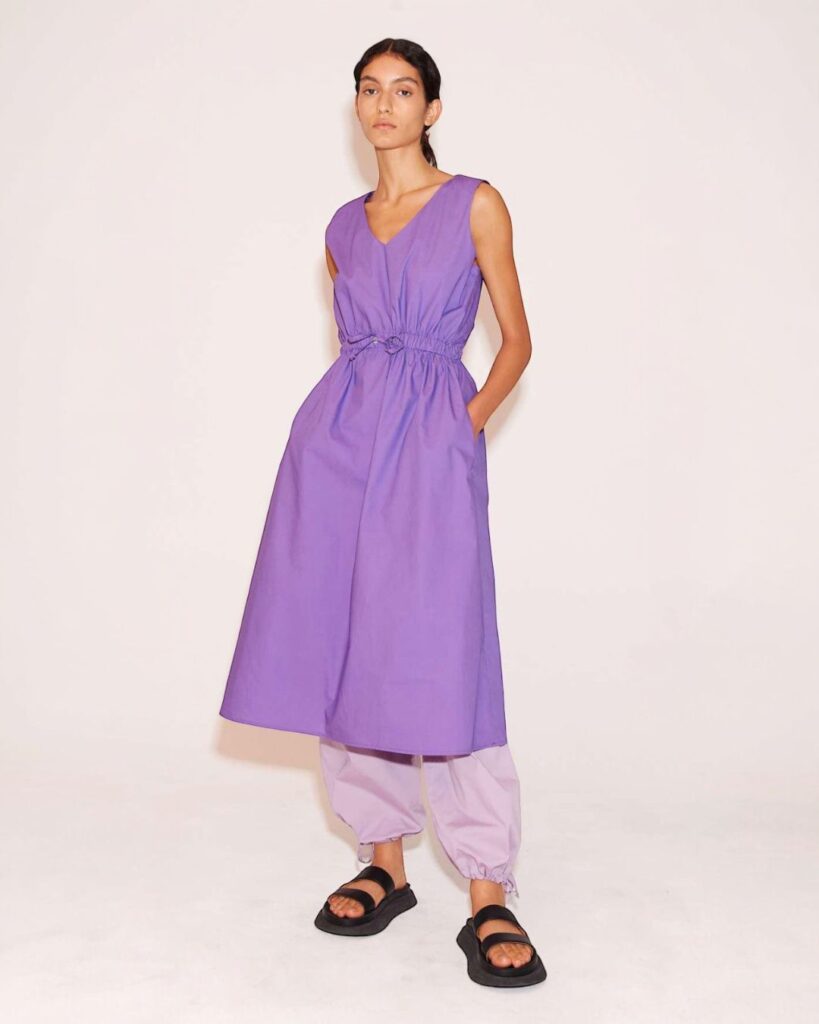The Drawstring Cotton Dress
Embracing Slow Fashion #ForModernHumans
Introducing The Drawstring Cotton Dress by Aurora, from Tourin – our top pick of the week!
In a world where mass-produced fashion takes centre stage, Aurora stands out by redefining the landscape with her commitment to slow fashion. Her minimalistic design concept showcases a refreshing and thoughtful approach to style. The drawstring cotton dress is a perfect example of this philosophy, blending clean, linear shapes with elegant, casual, and sporty elements.
Aurora’s designs are versatile, seamlessly fitting into your everyday wardrobe while making a statement about ethical fashion. Embrace this modern, conceptual approach and elevate your style with pieces that reflect both beauty and conscience.
Discover The Drawstring Cotton Dress by Aurora
About the design
Tailored cotton dress featuring an elegant front V-neckline and elastic waistband with drawstring for adjustable comfort. The design point is a cross-over shoulder detail with a cut-out on the lower back. Two side pockets, under-knee length. Made in Italy, this piece exemplifies quality craftsmanship and timeless style.

About the material
100% cotton. The hand is compact, dry, and fresh.
About the colour
Periwinkle: also called lavender blue or light blue violet. A vibrant hue that recalls the palette of modern artists.
Laundry
Wash by hand. Easy care product.
Styling tips
The Drawstring Cotton Dress is a sophisticated addition to your wardrobe. Pair it under a lightweight blazer and low heel for your office attire. Also, opt for flat sandals for a casual yet chic look. But it even pairs well with sneakers, offering versatility for various occasions. Experiment with accessories to personalize your style and make this dress uniquely yours.
How to purchase our selection:
Head over to our Instagram account to discover our shop (link in bio)!
Drop us an email or WhatsApp for orders or any further information. Also, you can book your private shopping experience in person or via video call.
International Shipping!
From Milano, our fashion selection #formodernhumans is available for international delivery.
Exclusive Fashion
🖤 Our selection intentionally offers limited pieces to ensure uniqueness and a sustainable approach
Further details, size advice and prices via →WhatsApp
● Please, contact us for size guidance before purchasing.
🛍 Treat yourself today! Get yours directly from the suite123 shop!
The Drawstring Cotton Dress Read More »
